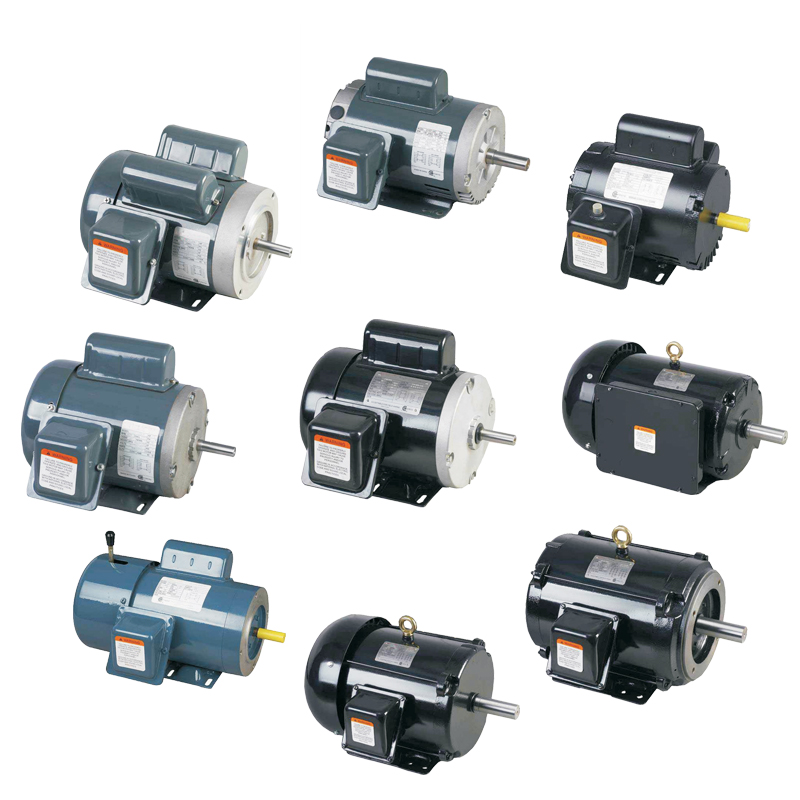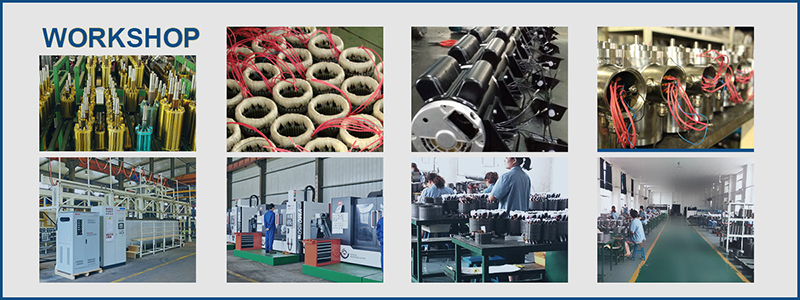On May 7, 2009, the 2009 Asia-Pacific Energy Efficiency Summit, co-sponsored by China Energy Conservation Association Energy Conservation Service Industry Committee (EMCA) and Shiyan Information Service Co., Ltd. (GLI), was held in Beijing, from relevant government departments, well-known enterprises, energy-saving solutions. Elites from providers and investment finance attended the summit.
The meeting discussed in depth the energy consumption trends and countermeasures in the Asia-Pacific region under the new world economic environment in 2008-2009, and discussed the feasibility of improving energy efficiency from multiple perspectives such as policies and regulations, business models, market concepts and application cases. . In particular, in the Asia-Pacific region, there has been a new breakthrough in improving overall energy efficiency, finding ways to improve energy efficiency in the Asia-Pacific region, and deepening interaction between energy-intensive companies and energy-saving service industries. Philips, which has been working to promote the development of energy-efficient lighting, was invited to attend the summit and gave new insights into the role of lighting in improving energy efficiency formulas in Asia Pacific.
At present, the structural contradiction between energy consumption and supply in the Asia-Pacific region is outstanding. Energy demand accounts for 29% of global demand, but supply accounts for only 10% of the total. In China, since the beginning of 2000, the rate of energy consumption has begun to accelerate, and gradually exceeds the growth rate of GDP during the same period. In 2007, China's total energy consumption reached 2.65 billion tons of standard coal. China accounted for half of global energy consumption growth and became the world's second largest energy consumer. China's demand for oil is also growing, and oil resources are heavily dependent on imports. Moreover, China's comprehensive energy efficiency remains one of the lowest in the world. Under the influence of the global economic crisis in 2009, energy conservation and efficiency gains have become an urgent task.
As a leader in the world's lighting industry, Philips Lighting is committed to creating a more sustainable and comfortable lighting environment with less energy, and continues to promote energy-saving business with innovative technology. Its excellent lighting effects and energy-saving indicators have become industry-oriented. Benchmarking is favored by the market and consumers.
Mr. Bi Baijun, Chief Commercial Officer of Philips Lighting Asia Pacific, said: Energy conservation is the key to solving energy efficiency problems. This can effectively cope with the challenges of climate change and global energy shortage. Philips Lighting is willing to help industrial enterprises and other customers with innovative ideas and professional energy saving experience. Look for the best model for improving energy efficiency to build high-efficiency, low-emission, sustainable green businesses.
It is reported that Philips Lighting has put forward a green factory concept platform for industrial enterprises' energy-saving lighting, and also has the theme of this summit, which is characterized by serious energy consumption in the industrial field and large space for improving energy utilization efficiency. It coincides.
Philips Green Office Building Seminar Held in Beijing, Philips Lighting Green Factory Interprets New Production Ideas Lipu Lights China New Building Solutions Forum
1

BIOTEPT General purpose AC motors, also known as induction motors, are electric motors that convert AC power into torque (where torque is the measure of a rotational or twisting force) to drive mechanical loads. They are suitable for powering pumps, blowers, conveyors, and machine tools. Split-phase NEMA frame general purpose AC motors are lower efficiency and have a lower starting torque for a softer startup compared to other AC motors. Capacitor-start NEMA frame general purpose AC motors use a capacitor to provide additional power during startup for higher torque. Capacitor-start/run NEMA frame general purpose AC motors are single-phase motors that use a capacitor to provide additional power during startup for higher torque and a separate capacitor to run with higher operating efficiency. Three phase NEMA frame general purpose AC motors and three phase IEC metric motors operate on efficient three phase power with high torque and don`t require start or run capacitors.



General Purpose Motor,General Purpose Ac Motors,3-Phase Nema General Purpose Ac Motors,Split-Phase Nema Frame General Purpose Ac Motors
Ningbo Biote Mechanical Electrical Co.,Ltd , https://www.biotept.com